
by Latoya Young | Sep 2, 2019 | eCommerce Platforms
Scooch over Amazon! Shopify may be stealing the crown…
It’s not about who did it first, but who did it right, and inclusivity wins every time. Undoubtedly, Amazon is the king of eCommerce. However, small businesses pack a powerful punch, and they want their recognition.
The workforce is changing as technology advances are leading to growth in small businesses. According to the US Small Businesses Administration, there are almost 30 million small businesses in the United States, employing nearly 47.8 percent of U.S workers. In 2014, Forbes reported that 50 percent of the workforce may be freelancers by 2020; with just four months left until the new year, it seems as those analysts knew what the heck they were talking about.
Introducing Shopify’s Fulfillment Center
Details of the fulfillment network were first revealed at Shopify Unite 2019. The network looks promising to merchants of all sizes. However, those who own and operate under a small business will benefit. The responsibilities are endless for a business that has under 50 employees; Shopify is ready to clean up shop. Getting inventory out of a cluttered office or space and into a fulfillment center sounds like a huge relief. Doesn’t it? Merchants no longer have to worry about logistics or fulfillment and can finally focus on building their business.
More power is going to the platforms that facilitate relationships between third-party logistics providers (3PL) and end-users. We saw it in 1998 with Fulfillment by Amazon and now with Shopify. While Amazon and Shopify are no direct competitors. Shopify is diversifying and acquiring consumers through indirect interfacing a.k.a, merchants and 3PL providers. As a result, this formula has over 820,000 third-party merchants doing all the talking for Shopify; bringing in the big buck.
Shopify will win with Inclusivity.
There is no business too small or big. The Fulfillment Network is set to support merchants who ship from 10 to 10,000 packages per day, with hopes of expanding from 3 to 30,000. Craig Miller, the Chief Product Officer at Shopify stated, “the services will be offered to small and medium-sized business owners whose fulfillment processes are not typical or ideal and those whose needs are not being met by their third-party logistics provider.”
“If Shopify can bring an amazon class logistics and fulfillment to small and medium businesses, Shopify could change the world as we know it. Wal-Mart famously changed the retail world with logistics and pushed out many other retail businesses. Amazon re-invented this model for the web, and similarly pushed out many other eCommerce retailers. If Shopify is able to democratize the logistics model, we will enter a whole new realm of competition in retail, dramatically benefiting the consumer, and providing a wealth of opportunity to businesses of all sizes.”
-Adam Morris, Redstage, CEO
With a $1 Billion budget to own and operate fulfillment networks, there are already seven centers. These centers are located in some of the larger states that house major metro cities with the most small businesses such as Georgia, Pennsylvania, California, and Texas. There are also centers located in Ohio, Nevada and New Jersey.
Shopify’s solution is a merchant’s dream come true.
Early last year, Shopify published an article that told us everything we needed to know about 3PL’s and how the market was booming.
The market for 3PLs providers exploded following the birth and exponential growth of eCommerce. Most Fortune 500 (86%) companies and 96% of the Fortune 100 use services like these.
A year later, Shopify found a solution for its’ end users by introducing this network that will also give merchants an opportunity to differentiate themselves.
Artificial Intelligence is at the forefront of the Fulfillment Network. Merchants will find this opportunity hard to pass up with all the features the network includes.
“I don’t want to make life easier,” said no one, ever.
The Shopify Fulfillment network includes the following features:
Custom Packaging and Branding
- The customer experience is now controlled as merchants will have the ability to customize their packaging that compliments their brands’ aesthetics. This is the extra touch merchants need to ensure consistency in their brand even during delivery
Returns and Exchanges
- Merchants have less hassle to worry about returns and exchanges as the fulfillment centers will work to handle all logistics.
Order Fulfillment
- With a 99.5 percent accuracy rate, Shopify is promising merchants that their orders will be picked, packed, processed and shipped within 2 days.
Inventory and Back Office Management
- Through intelligent machine learning the back office keeps track of inventory and provides restock alerts. Customer data syncs across warehouses and sales channels to reduce errors, and lastly, Customers will have access to fast and low-cost delivery.
Final Thoughts:
Everyone wants the underdog to win. While Amazon is focusing on serving only larger businesses. Shopify will focus on ensuring merchants have the opportunity to operate on Amazon’s level delivering the best experience on all levels. There is an application process for those interested in joining the network which requires an assessment based on product types and fulfillment needs. No worries. If you are not accepted, Shopify has provided 3PL checklist just for you.
Your fulfillment network is just one piece of the enterprise puzzle. Dive into our eCommerce platform analysis kit to find out which tech is best for your store! Take the quiz now!
Update: Data reveals that Shopify has recently overtook Ebay, making them the second biggest shopping site after Amazon. Shopify is showing no signs of slowing down. They be stealing the crown quicker rhan we predicted.

by Don Pingaro | Dec 13, 2018 | Commerce Strategy, Press, System Integrations
“It is easier to invent the future than it is to predict it.”
This variation of a quote by computer scientist Alan Kay was the last line of a 1994 job listing written by Jeff Bezos, and still holds true to this day. While Redstage’s team of forward thinkers possess a knack for accurate predictions, we’ve also helped shape the future of eCommerce through our mobile research initiatives.
Throughout 2018, our team made strides to advance the cause of B2B eCommerce, offering insight into new technology, mobile commerce, and the millennial customer experience. We remain dedicated to helping clients and readers alike stay informed of emerging trends and the strategies you can use to master them. With this said, here are the top insights and articles of the past year:
OUR YEAR IN REVIEW: TOP ARTICLES OF 2018

“B2B eCommerce has several types of customers, each with their individual requirements for how they define their success. These customer types include B2B consumers (the company plans to resell the product or service to them). Other customer types include wholesalers/distributors who will sell your products and services to other B2B companies and dealers who sometimes resell the company’s product for them. Knowing your customers, here’s a few things to consider when selecting the best eCommerce platform for your online store.” — Read More

“Will it be the illustrious AI, the illuminating abilities of augmented reality, delivery drones, or perhaps… chatbots? With the emergence of all this new tech, marketers are left to base their budget allocation for 2018 on speculation. As a result, I am inclined to believe that without a doubt, 2018 will be somewhat of a plateau for marketing; defined by a knowledge-gap surrounding new avenues for advertising and the deteriorating value of current methods. Here’s why…” — Read More

“At this very moment, it’s likely that retail executives around the US are screaming about their Black Friday and Cyber Monday sales performance. For some, these sounds resemble a triumphant war chant. For others, these are the shrill cries of defeat. The reason? Mobile-first adoption. No matter where you stand, this data changes the eCommerce landscape. Here are the latest stats and key trends from the long-weekend of holiday sales events.” — Read More

“The development of AI and Big data, in recent years, has given online retailers both opportunities and challenges. In the next decade, digital stores will be equipped more optimized tools based on AI, and through this, they are empowered to strengthen customer relationship and enhance customer retention. This is a technology competition and I believe that the one who wins the game will also win the customer’s heart.” –Read More
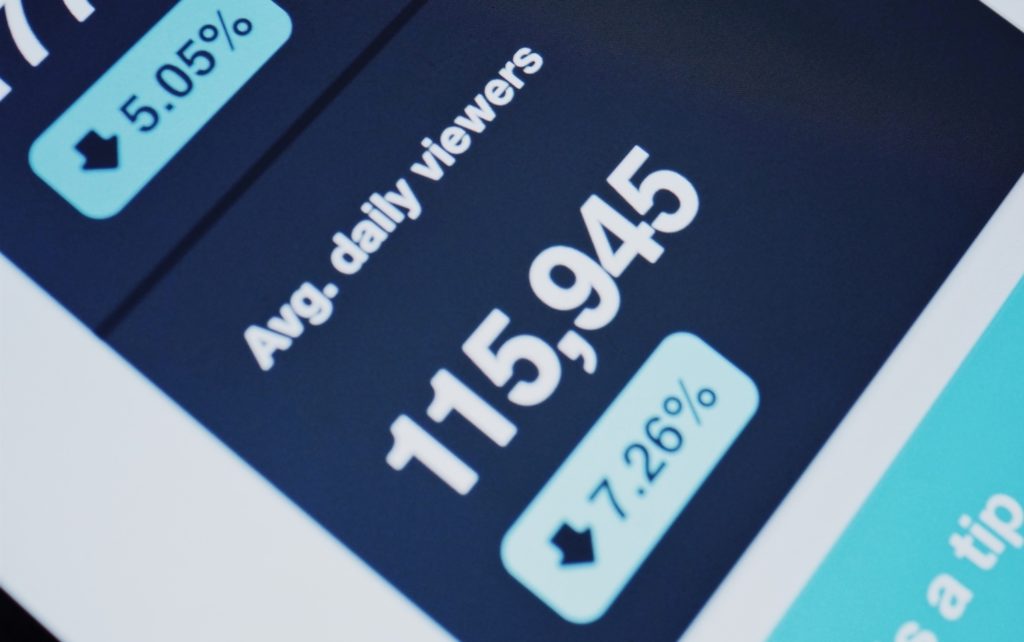
“Today, a single blogger has the same opportunity to get a million comments on a post as Walmart does. A mom and pop online store has the same chance of winning over customers as Amazon. Time, resources and budget notwithstanding, the Internet provides a fair medium for all business to compete, and we owe the state of our world to this universal marketplace of ideas… With the Net Neutrality repeal in effect, major changes are coming that will affect every businesses, especially in the world of advertising and eCommerce.” — Read More
Top Case Study of The Year!
Check out our most viewed case study of the year:
White Mountain Footwear. If this were a blog post, it would hold the #3 spot above!
Top Download of The Year!
Take a look at our
Digital Sales Engagement Ebook, our most viewed downloadable of 2018! Discover all the tools you can use to optimize your digital sales team and top tactics to revolutionize your digital acquisition strategy.
Top 5 Most Popular Articles of 2017:
#1. Online Buying Behavior: The Difference Between Men & Women
#2. Selling & Upselling with Psychology & Human Behavior
#3. How All B2C Companies Should Be Marketing By 2020
#4. The Incredible Benefits of Magento 2
#5. Top eCommerce Challenges Stores Will Face This Holiday Season
Can’t find info on a specific topic? Send us a message and we’ll help you find it, or we’ll add it to our content schedule! Our team of researchers and thought leaders are always looking for ways to best serve our readers. Visit our blog page to subscribe!
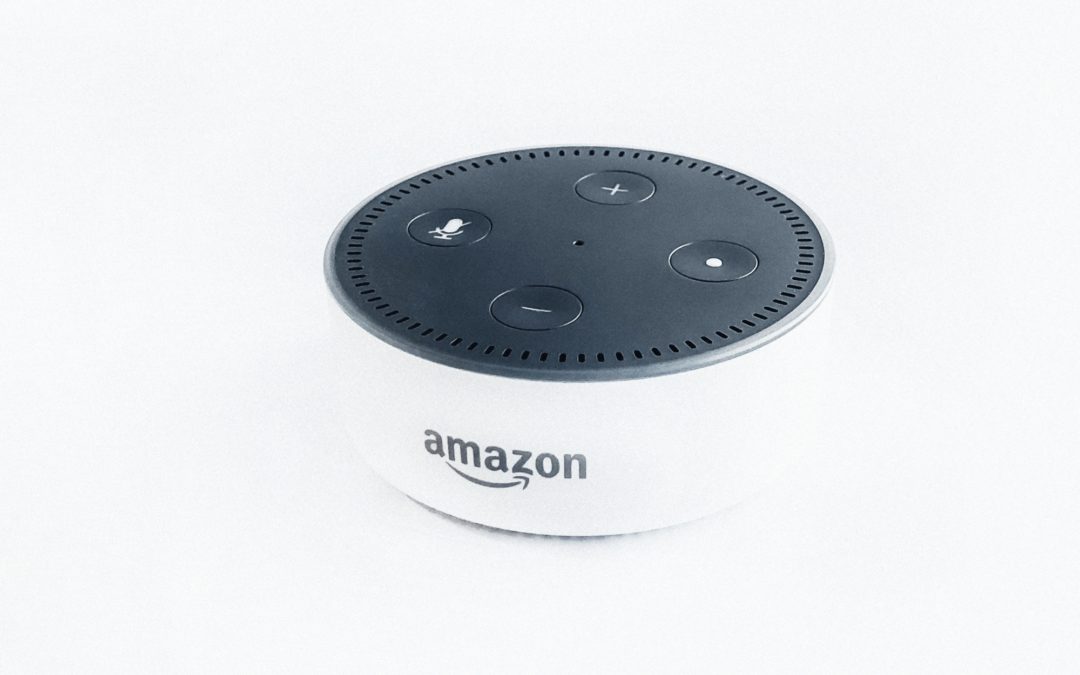
by Don Pingaro | Feb 16, 2018 | eCommerce Platforms, System Integrations, UX/UI Design
The Rise of the Smart Speaker
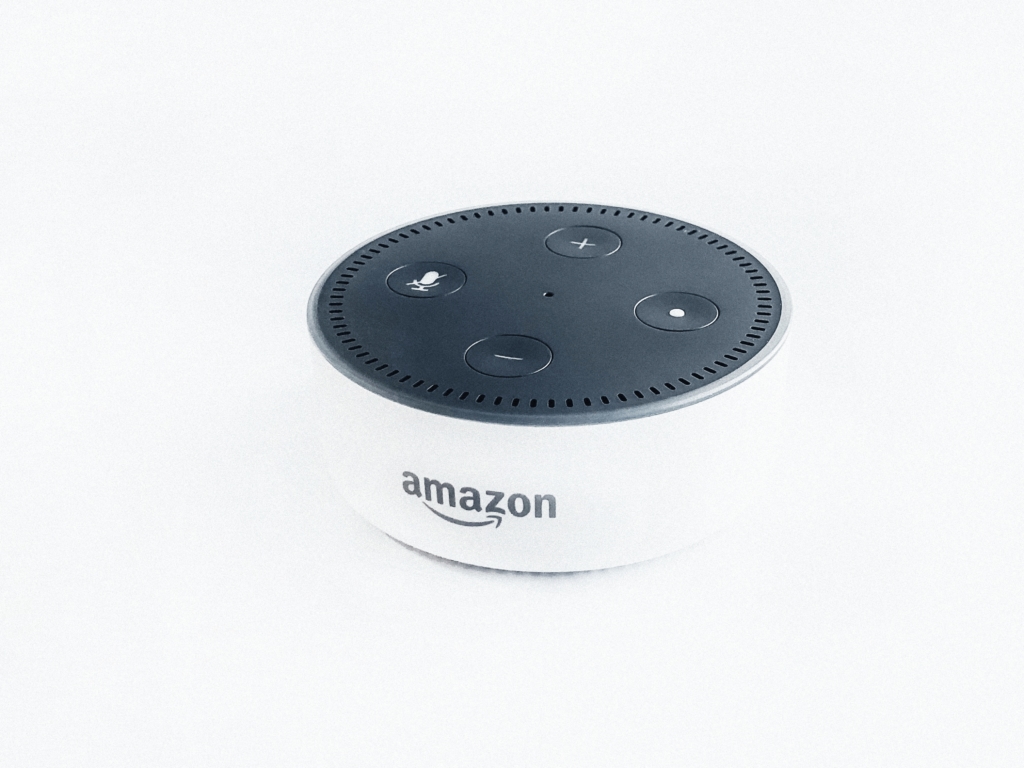
We’ve breached another new frontier in marketing. Thanks to the widespread adoption of IoT like Amazon’s Alexa and other smart speakers, a new channel has emerged and is rapidly picking up speed in the world of eCommerce: Voice-Commerce (vCommerce). Here’s a quick guide with all the stats and tactics marketers need to know to get a grip on the new technology, fast.
Forerunners & Followers
As more voice-enabled devices like Google Home, Echo Dots, and Apple’s recently released HomePod continue to pervade households, the rate of voice based purchases is skyrocketing. Forrester projects that by the end of 2018, 26.2 million U.S. homes will have smart speakers, spelling fortunes for online retailers.
What’s more, a report published by Juniper Research estimates that smart speakers will reach more than 55% of U.S. homes by 2022. With his residence completely integrated with Google Home, Redstage CEO Adam Morris says he’s “constantly witnessing improvements in voice capabilities from new commands to more accurate responses.” Considering the growing adoption rate and skill set of voice assistants, Morris says, “I believe voice is ready for eCommerce.”
Now that we can see the adoption curve, let’s dive into the implications from a search perspective.
The Heart of vCommerce
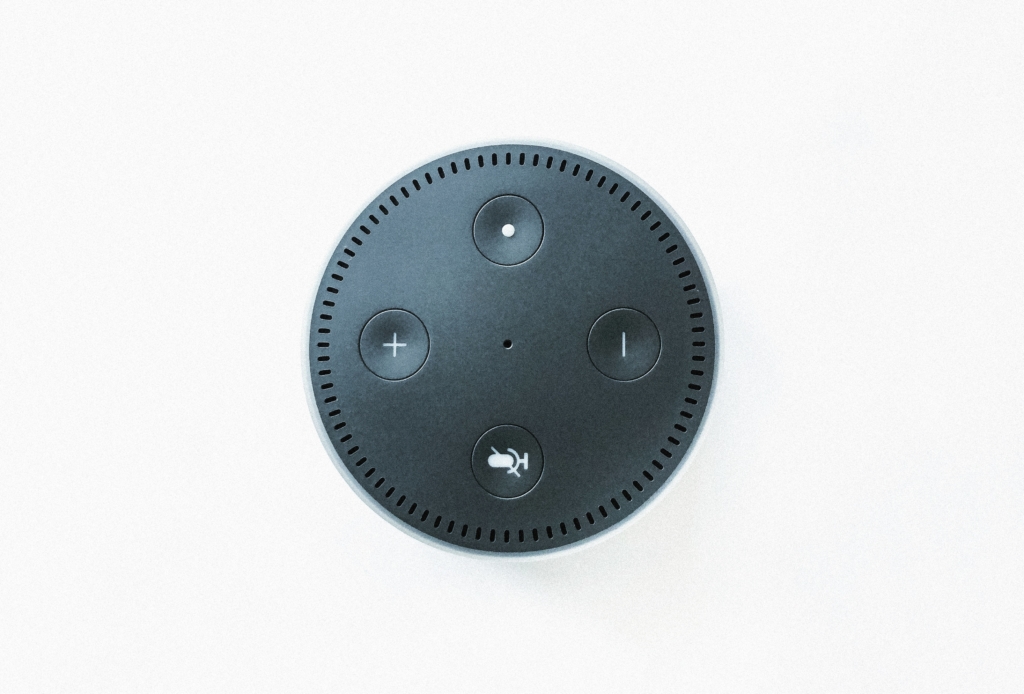
At the heart of the vCommerce movement lies our common frenemy, Google. Not only is Google now making all types of smart speakers to compete with Amazon, they’ve naturally gained dominance in the vCommerce search market. Remember, voice search did not exist before 2016.
To get an idea of how quickly the tech is taking over, heres some info from Kissmetrics: “Within 2016 alone, voice-based search went from zero to 10% of all search volume. Today, 20% of all searches have voice-based intent, and by 2020, ComScore estimates that half of all searches will be done by voice.”
“Today, 20% of all searches have voice-based intent, and by 2020, ComScore estimates that half of all searches will be done by voice.” –Kissmetrics
Say it again in your head… HALF of all searches… that’s real estate you can’t afford to miss out on. The fun game for the years ahead will be keyword planning for customer voice searches… but we’ll get back to that later on.
Here’s another one from Forbes: “Voice assistants are already being used to make purchases by 40% of millennials, with that number expected to exceed 50% by 2020.” So now you’re thinking, okay, great, more Adwords campaigns right? But wait! There’s more you can do to prep for this torrent of voice shopping.
Getting Your Share of Voice
Unapologetic marketing puns aside, here’s how to prep for vCommerce.
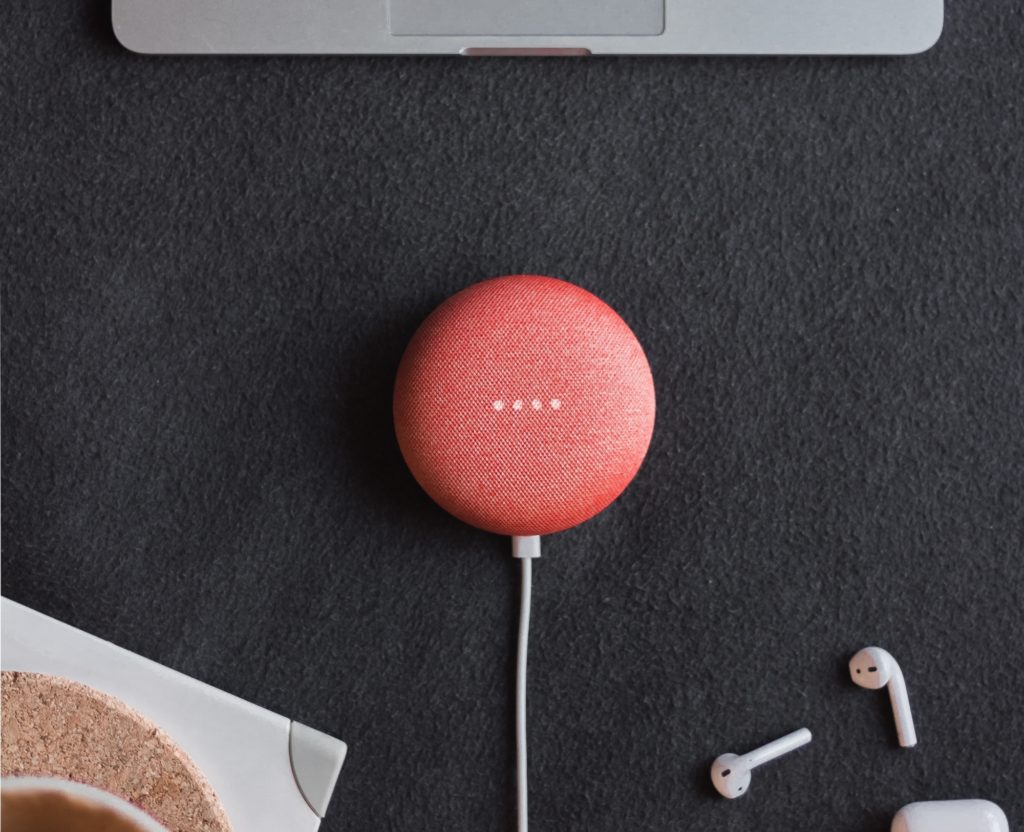
Step 1: Behavioral Analysis
Get your strategy team together and dive deep into your customer behavior segments. Which of your products are getting the most search traffic? What are your top sellers? What are the top products customers search for within your site?
Step 2: Search Out Loud
Think about what products you’ve personally searched for recently and how you found them. Brainstorm which of these products you’d order on a whim from your bedroom, your kitchen, your laundry room, or your entertainment center. Think about things you might search for while out at the store to compare prices, and things you could order from your desk at the office. More importantly, think about a product you need, like a refill on paper towels, and ask for it out loud. It’s likely that the way you ask for something aloud is different from how you search for it online. Saying “Alexa, order me more [Brand name] paper towels” is a bit different from typing “[Brand name] paper towels” in Google. Use this to your advantage.
Step 3: SEO Linguistics
Once you’ve tackled mobile-first SEO, start to rethink SEO in terms of natural language. Grab your smartphone or your favorite smart speaker and run some voice searches. What are the top results? Which of your competitors are showing up? What meta descriptions and keywords are they using? What phrases are their Google ads populating for? Think long-tail, because every customer is going to be asking for things a little differently.
If you’re new to this, “Long-tail keywords are longer and more specific keyword phrases that visitors are more likely to use when they’re closer to a point-of-purchase or when they’re using voice search. They’re a little bit counter-intuitive, at first, but they can be hugely valuable if you know how to use them.” (Wordstream) Retool your content for natural language and start ranking for voice searches as well as regular (manual-typing) searches. With this in mind, remember that voice searches are the ultimate gateway to impulse purchases. Take advantage of this, make some tweaks and test, test, test!
“‘The websites that will win…are incorporating (voice) search strategies for typers and talkers, alike,’ says Michael Peggs, Founder and Chief Content Creator of Marccx Media.”
—Inc.com
Step 4: Get Local, Get Vocal, and Get on Amazon
According to Search Engine Watch, “Mobile voice-related searches are 3X more likely to be local-based than text.” This means, it’s time to boost your local search magnet. If you’re not using Amazon as a channel to sell more products, now’s the time to start, as Alexa is programmed to suggest products from Amazon automatically. Don’t miss the chance to have your product recommended by a customer’s favortite digital assistant.
Additionally, consider reminding your customers that they can find you via voice search! This simple announcement can make a better CX for anyone who’s not yet accustomed to using voice search. More importantly, if you have Alexa Skills for your store, you’ll definitely want to tell the world. Send your customers an email telling them how they can order their next product just by saying a phrase. The’re not likely to forget it. Don’t have an Alexa Skill for your store? Read on:
Step 5: Get The Alexa Skills Kit Get the Alexa Skills Kit and start creating voice-enabled Alexa skills. According to PracticalCommerce, the kit is “a collection of self-service APIs and tools that make it easier to create voice-driven capabilities for Alexa.” Not only will this allow your customers to make purchases simpler, but more importantly, as an accelerating number of retailers invest in the trend, more customers grow accustomed to using this pervasive technology.
Final Thoughts
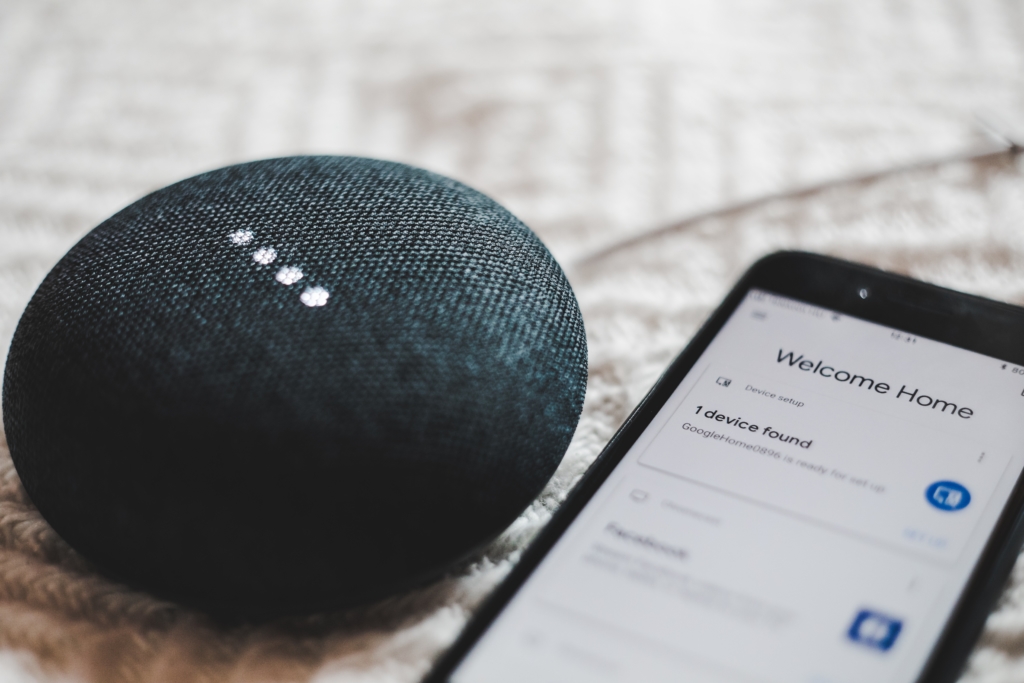
To recap, 2020 is shaping up to be a critical year for vCommerce. The projections scream 50% across the board. By then, roughly 50% of U.S. households will have smart speakers. 50% of all searches will have voice-based intent. More than 50% of millennials will shop via voice.
While voice as a channel begins to enter the main stream, Morris notes that eCommmerce traditionally lags behind the latest trends and technological innovations. “We [at Redstage] talked about mobile becoming the next big change in eCommerce 5 years ago. The industry collectively lagged far enough behind that now mobile traffic has overtaken desktop and today many still aren’t properly leveraging it. Mobile conversion rates are still roughly one-third of desktop rates, another sign that companies across the board haven’t realized mobile’s full potential. I have a feeling voice will follow the same pattern, though hopefully at a slightly quicker pace with what we know now. We’re witnessing and projecting massive adoption, so we’ve got a few years before the industry becomes accustomed to using voice competitively. However, voiceCommerce is an inevitability, and we should start preparing now just as we had to prepare for mobile.”
Now if you’re now thinking, “vCommerce is still on its way to maturity, so I have some time right?” Consider this tidbit from DigitalCommerce360, “A recent survey by SAP Hybris found that 38 percent of U.S. consumers would consider using digital assistants for their holiday shopping this year, a significant increase over the 17 percent who reportedly used voice devices for holiday shopping [in 2017].” If you’re looking for an edge this holiday season, this could be it.
Further Reading on Marketing in 2020
If you liked this article, you’ll also want to read, How All B2C Companies Should Be Marketing By 2020 for more disruptive insights.

by Don Pingaro | Jan 11, 2018 | System Integrations

Everyone’s asking, “What technology will have the biggest impact on marketing in 2018?” Will it be the illustrious AI, the illuminating abilities of augmented reality, or perhaps… chatbots?
With the emergence of all this new tech, marketers are left to base their budget allocation for 2018 on speculation. As a result, I am inclined to believe that without a doubt, 2018 will be somewhat of a plateau for marketing; defined by a knowledge-gap surrounding new avenues for advertising and the deteriorating value of current methods. Here’s why:
Marketing Tech in 2018

As we await the true advent of AI, AR, VR and Mixed Reality in the mainstream, contemporary digital advertising is rolling over and dying, with search, social and display ads experiencing a gradual decline in usefulness. Gen-Y and Gen-Z hate ads, and while pervasive multichannel messaging was previously a working strategy, ads are ignored now more than ever… and expansive ad campaigns are annoying customers, damaging brands.
The savior in this scenario was and still is video, which many companies lack the capability or know-how to properly leverage. Many still refuse any attempt to enter the video realm, despite annual marketing reports for the past decade marking video as the most effective channel for sales and brand engagement. Right now, the benefits of video seem to be buffering (pun intended), with numbers stagnating as users look for something new.
As a natural side-effect of the decline in channel efficiency, marketers have turned to big data as the new god to drive vertical engagement. However, many retail marketers lack the experience and/or artificial intelligence applications necessary to make sense of this wealth of data.
Getting a Grip on AI

This past year, we’ve seen the launch of some incredible remarketing software in eCommerce, like HiConversion and Rejoiner. Programs so powerful they can replace entire marketing teams that would typically manage the breadth of digital messaging (emails, ads, social, tracking, analytics, etc).
However… because these systems and the technology are so new, we’re combining the adoption curve with a learning curve. While marketers get a grip on machine learning Saas, I expect their true potential will be neither realized, nor their full impact felt in the market this year.
To make matters worse, today’s AI market focuses exclusively on predictive AI, which all-too-soon will be replaced with cognitive AI (Rajesh Sinha, Fulcrum Digital‘s CEO, predicts in the next two years). There’s a chance the change-over could immediately render predictive systems obsolete. On the other hand, retailers and brands can’t sit around waiting for cognitive AI, and those that do could see big-time losses (Hence the dilemma). Overall, what most of the martech world considers “AI” will soon be baked into every major software system available. What matters is how you use them.
Playing the Waiting Game & Winning

For now, we have to keep milking the avenues we have available. Optimize performance as much as possible with regard to channel strategy and be diligent. With the current pace of innovation, you might not get a second chance.
Now is the time for companies to start looking into how AR, AI, VR, IoT and other emerging tech can reshape business alongside other digital transformation strategies. While the long-term strategy teams focus on how they will deliver value in 2020 and beyond (when these technologies are expected to have much wider reach), it’s time to bring our websites into the new age. Maximize your site and sales funnels with every possible upgrade, build out content and bulk-up ad spend while we get over this hump. Rethink your strategy for the next four years and think seriously about how you plan to invest all the new martech. If you haven’t already made significant investments in your mobile customer experience, that’s a good place to start.
Some companies will spend a little more on ads to wait this out. Others will buy into expensive (soon-to-be outdated) platforms they’ll be stuck with long after the competition moves on. Unfortunately, the largest group will likely be those who sit on their hands and refuse to innovate. These will be the losers. Instead, find out how much budget you can pack into the time between now and 2020. Focus on your omnichannel experience and unifying your brand strategies with supportive AI products you can afford (for the short term). In addition, bulk up your ad spend, get some videos or podcasts going, and settle in for the long hibernation period ahead.
Final Thoughts
So let’s review. What technology will have the biggest impact on marketing in 2018? You, the human, which should be an empowering, albeit intimidating challenge for marketers. Lastly, remember, there’s no need to be discouraged. Plateaus are part of every high-growth process…
We just happen to be crossing the Rubicon.

by Zee Aganovic | Nov 13, 2017 | Commerce Strategy, System Integrations, Web Development

AI in eCommerce: Hype or Reality?
The whole business universe, eCommerce included, is buzzing about artificial intelligence, the capability of a machine to imitate intelligent human behavior.
Unfortunately there is no exact classification of what makes a solution an artificial intelligence solution. Any computer based system that is using data to make some decisions can be labeled as an artificial intelligence solution. Artificial intelligence means many different things for many different people.
This gives almost every software vendor a license to add an artificial intelligence ‘spin’ to the description of their product. This is counterproductive. Instead of attracting new buyers this just confuses the marketplace.
So, let us help you develop a pragmatic framework for understanding and use of AI in your eCommerce strategy.
Why AI in eCommerce?
Manufacturing, information systems and services are rapidly commoditized. The next industrial revolution is fueled by a need to deliver memorable customer experiences. It’s called the experience economy.
Remember Steve Jobs and his decision to recruit John Sculley as Apple’s CEO. People were confused about the logic of hiring Pepsi-Cola’s president who has nothing to do with technology to run the pioneering computer company. At the time only Steve had the vision and understanding that it is not about computers or cola but about the experience that customers have while using the computer or while drinking cola. That passion for memorable customer experiences is what eventually made Apple into one of the most successful companies in the history of mankind.
Delivering memorable customer experiences is a business of treating the right audiences with the right experiences at the right time.
Technically speaking this is a problem with many moving parts and infinite number of permutations. Each visitor to your site can be classified through use of hundreds of attributes. Buying journeys and consideration paths are different for different audiences. And, finally the business owners can act and treat visitors with a myriad of promotions, product recommendations, messages, content or layout changes.
To illustrate the size of the customer experience problem let’s compare it with a simple chess board.
Here is how. Let’s imagine that our problem is only to create the best customer experience on eight pages of your site. Let’s further assume that each page has only 8 elements, and that we have only one variation for each element. Visually this problem can be represented as 8×8 chess board where each column is a web apge with 8 elements and where each field can only have a black or white color (white is for old and black is for a new version of an element).

The total number of permutations of how the experience chess board can look like is equal to 264.
To help you visualize the size of this number let’s assume that each number is a kernel of wheat.

This number represents a huge pile of wheat. As a matter of fact this number is so big that it represents more grains of wheat than was ever farmed on our planet since the beginning of time.
This is precisely why we should use AI in eCommerce.
A problem of this magnitued can’t be solved through brute force. Conventional A/B split testing or if-this-do-that visitor personalization may sound nice but they are grossly inadequate solutions. To remain competitive you must arm yourself with much more powerful tools that are built on the foundation of big data analytics and machine learning algorithms.
Trust, but Verify

Product recommendation solution providers have done the most to apply advanced machine learning techniques and to deliver consistent results. But not all product recommendations are equal.
If you speak to the best of breed solution providers who invested tens of millions of dollars into research and development you will hear loud complaints about newcommers who are using open source packages to mimic their solutions. Unfortunately, many eCommerce brands are choosing a vendor on the basis of feature completeness of its offering rather than on the basis of the quality of the individual solution components.
If you listen to a vendor talk you will logically think that irrespective of the type of product recommendation solution you will get good value. The only difference between two products is how much revenue lift you will materialize. When a vendor tells you that ‘visitors who engage with recommended products are 10%-15% more likely to buy’ you are inclined to believe such a statement.
There is a small problem. The statement above could be true but at the same time you might be losing money with your product recommendation solution.
Here’s how. If you read the statement above more carefully you will realize that it does not compare results of those visitors who have seen product recommendations against those who were not presented with product recommendations. This would be the most accurate measurement. Instead, each visitor is presented with product recommendations which prevents you from knowing if the same visitors who enaged with recommended products would buy if there were no product recommendations at all.
That’s why we recommend you always test and verify the impact of each of the add-on solutions to your eCommerce site.
Start Small

In developing your business strategy do not view AI as a ‘silver bullet’ that will magically make your eCommerce business better. Instead, think of it as a new set of technologies that are dramatically changing the competitive landscape.
Over years the ability of your company to adapt and effectively use AI solutions will correlate with your ability to effectively compete and win in the marketplace.
The logical question is where to start and how to build a long term strategy.
We always like to be practical and recommend actions that are satisfying 20/80 rule: 20% of effort (cost) that provides 80% of benefit.
The list of such ideas includes:
- Customer experience assessment: in addition to a quite common UX audit we also recommend use of visitor data to perform an experience health check (FYI: if you do not have resources or do not know how to do it we offer a free health check service)
- Validate ROI of add-on applications: we see on a daily basis how brands are spending a lot of money on expasive user generated content applications, reviews, product recommendations – validate and make sure you are getting ROI from each one of them (FYI: we have advanced testing capabilites and we can assist you with this task).
- Uncover persuadable audiences – a fatal flaw of conventional personalziation solutions is targeting of potential customers vs. persuadable audiences, those who will become a customer only if you do something for them.
As a final note…
Consider this perspective from innovator Adam Morris, CEO of Redstage Worldwide:
“For better or worse, humanity is witnessing ever-increasing evidence that AI provides profoundly better solutions to problems we as humans lack the cognitive processes to conceive. Over the past decade, what we consider ‘modern’ or ‘state-of-the-art’ UX for online shopping hasn’t changed all too drastically. Of course, we’ve experienced improvements in search, filtering, and personalization, but an eCommerce sitemap still looks remarkably similar to the sites of old. Since AIs lack any preconceptions regarding how things ‘should’ be done, I believe AI will work to our advantage, ushering in a fresh age of progress that we ourselves could not possibly create alone in the same scope of time.”























Recent Comments